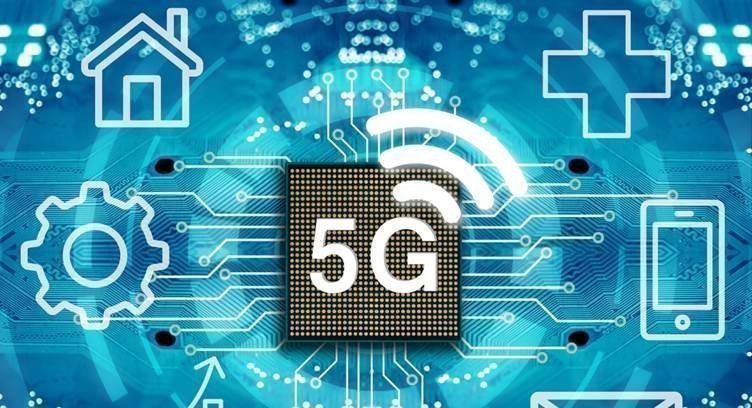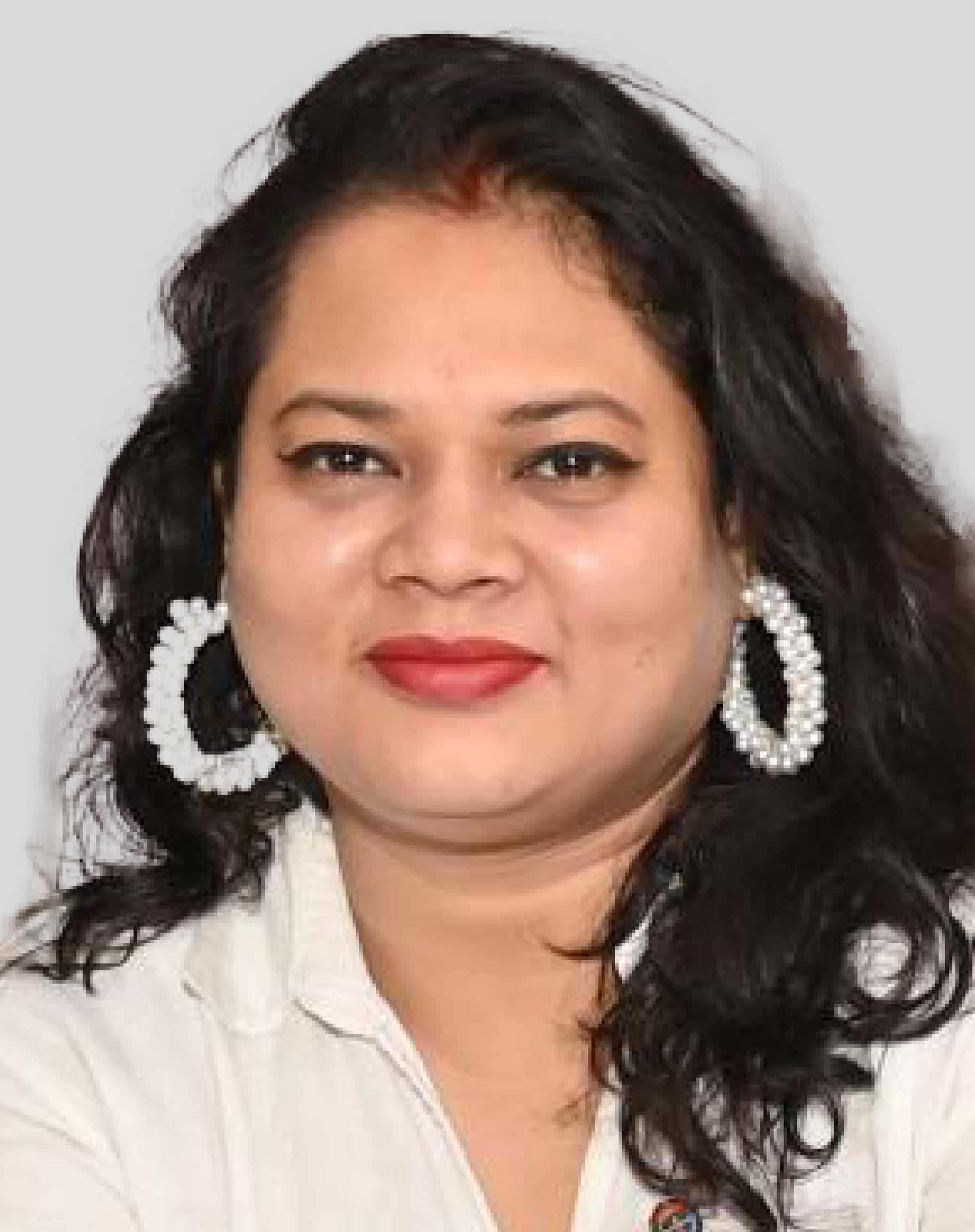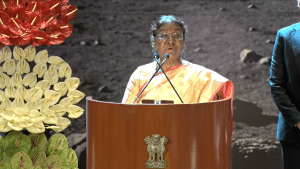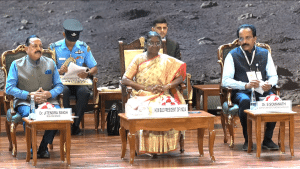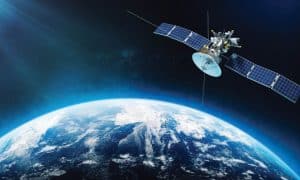Banco Santander, Spain’s largest bank, has invested €6 million in Sateliot, the first satellite operator offering 5G connectivity from space, to accelerate technology development.
This year, Sateliot is going to launch the first constellation of four new low-earth orbit (LEO) nanosatellites, which will provide 5G coverage for IoT.
With this transaction, Banco Santander reaffirms its commitment to the growth and digitization of companies and the promotion of innovation through its Growth program, particularly with the support of Santander Corporate & Investment Banking (Santander CIB).
Along with this funding, Sateliot has also received two other recent capital investments totaling €13.5 million in less than a year, thus securing its financial position.
“The completion of these three operations demonstrates the confidence that top-tier banks, regional public administrations, and other groups such as venture capital, family offices, or business angels have placed in us,” says Jaume Sanpera, CEO and co-founder of Sateliot
This financial strength allows Sateliot to approach 2024 with the necessary stability to execute its business strategy, sending a strong message of confidence to the market.
With strong backing from big names such as Evonexus, the investment arm of Qualcomm and Verizon, the Barcelona-based company’s next strategic move will be initiating a Series B funding for financing the next phase of the satellite constellation – comprising 250 nanosatellites deployed under the 5G standard, launching an additional 64 over the next 18 months.
Sateliot has already secured agreements with global telecommunications operators and companies in the sector, boosting a binding orders backlog of over €150 million
Spain’s Connectivity Landscape
Spain is among first European countries to deploy 5G, followed by Italy. By October 2020, all the four national mobile operators- Telefónica, Orange, Vodafone and MásMóvil – had launched their first 5G services.
According to the ‘Europe 5G Readiness Index’, Spain ranks first in infrastructure and technology. The country also aims to deploy ultra-fast networks and to provide efficient radio spectrum management.
As per data from the country’s Ministry of Economic Affairs and Digital Transformation, the focus in on extending 5G mobile network coverage to 75% of the population by 2025. Already, over 82% of the population has access to 5G broadband. While 4G coverage almost covers 100 percent of the population, both in urban with 99.89 percent and rural with 99.53 percent areas.
In October, 2023, the Spanish government announced the roll out of 5G standalone to rural areas across the country for which they are investing €1 billion.
The government has already pledged €500 million for improving rural connectivity through the “Universalization of Digital Infrastructures for Cohesion (UNICO) programme. A further €500 million has been distributed to support the deployment of rural 5G in municipalities with less than 10,000 inhabitants.
“With this pioneer programme in Europe, the government continues to promote the deployment of technology that opens new possibilities for the economic and social development of the country. This strategy’s aim is to promote territorial cohesion and generate opportunities and quality employment,” said Secretary of State for Telecommunications and Digital Infrastructure, María González Veracruz.
Digital Spain Agenda
Spain aims to improve the economy and society needs by adopting digital transformation, for which string digital connectivity is crucial. Spain’s investment plan aims to speed up the shift towards sustainable and low-carbon economy while enjoying the benefits of digital transformation. Madrid is investing heavily in enhancing connectivity, increasing innovation and making public spending more effective and sustainable.
Last year, ADIF, a public company within the Spanish Ministry of Transport, Mobility and the Urban Agenda awarded 25.5 million to a joint venture of Vodafone Spain and SEMI in order to enhance the high-speed train routes with reliable 5G coverage.
SEMI is responsible for the engineering and construction of the infrastructure, and Vodafone Spain utilizes Ericson technology to implement the 5G network
As per the government’s 2022 Broadband Coverage report, there has been significant progress in reducing the digital divide between urban and rural areas and deploying ultra-fast broadband connectivity.


